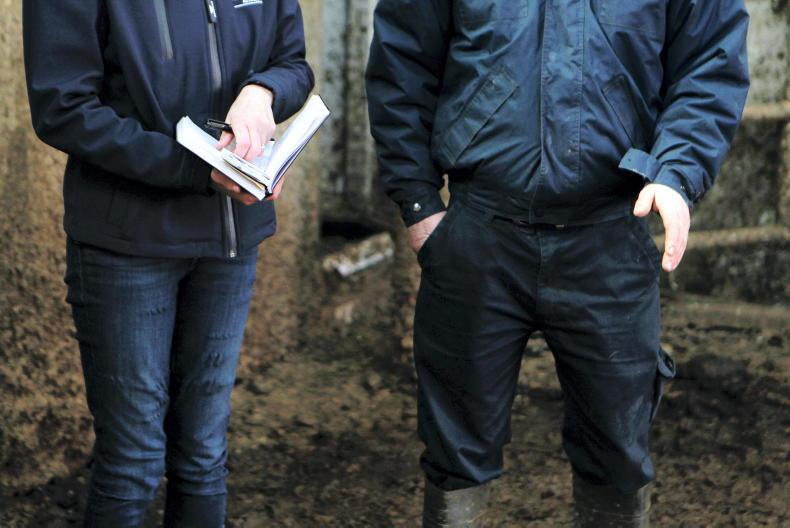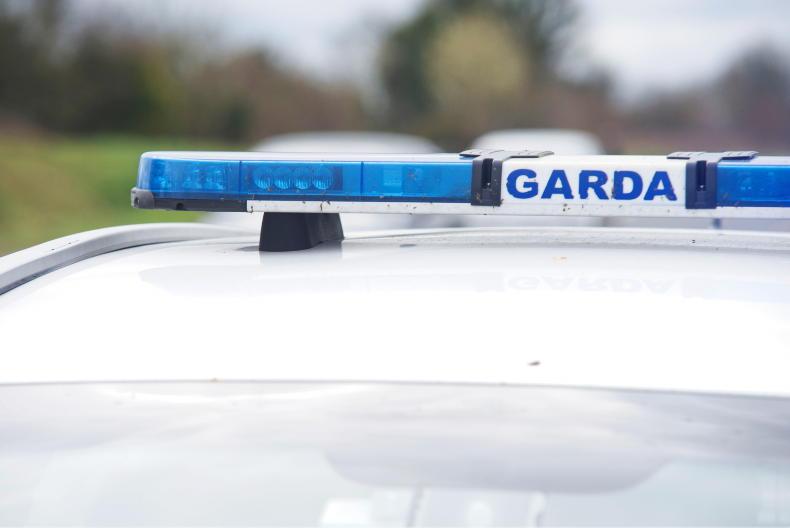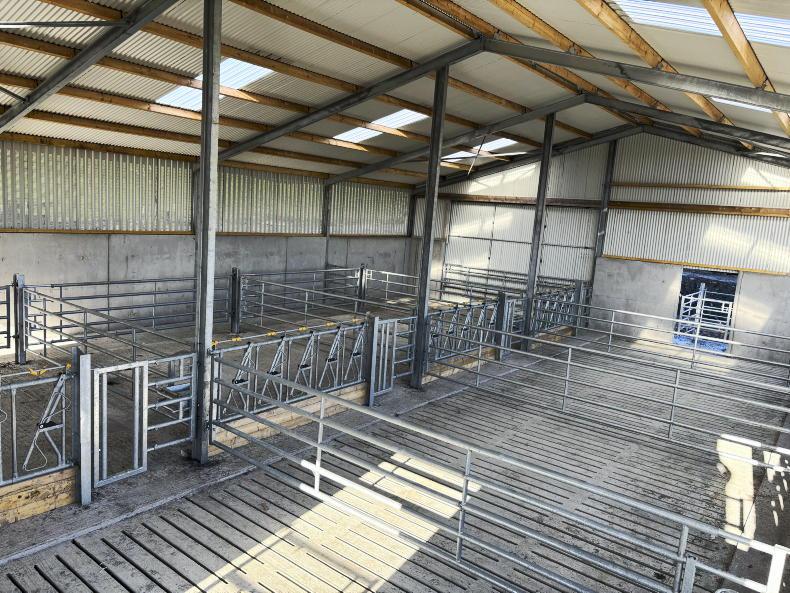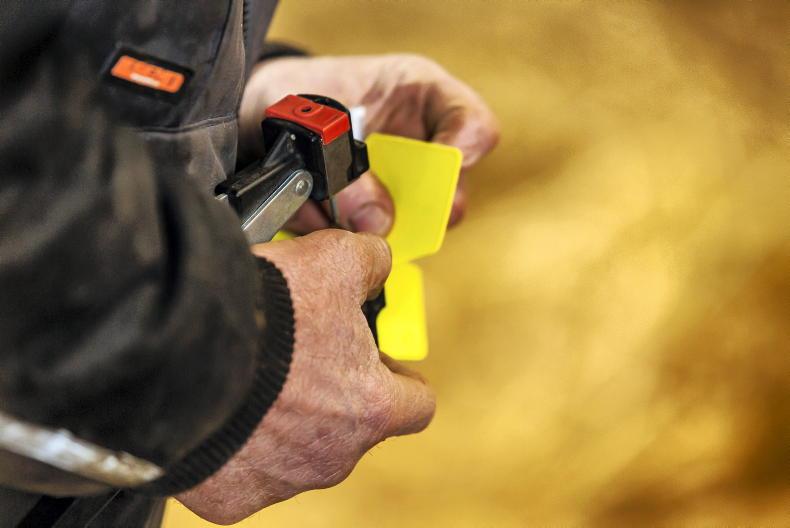Loading livestock on to a vehicle is one of the most difficult handling procedures. It helps to have well-designed and properly constructed facilities.
Following safety procedures when transporting livestock is key for all involved.
Ideally, loading and handling facilities should be designed at the same time.
The maximum number of animals to be handled, and the number of handling personnel available, are factors to be considered when designing facilities.
Floors of pens, raceways and loading areas should, as far as possible, be non-slip.
Good footing for animals is essential. Collecting areas and crowd pens should have solid walls. The only obvious way forward should be towards the lorry.
Similarly, unloading areas should be secure and provide a wide, clear straight path from the lorry/trailer to the yard or field.
Again, animals should only have one obvious, clear direction in which to move.
Loading livestock can be a stressful process. Animals can be excitable and the risk of injury to them and handlers can be high.
The Irish Farmers Journal this week spoke to Jim Dockery, health and safety manager with the FRS Network, to get his top tips to ensure the process is undertaken in the safest manner:
Drivers should have the appropriate licence and be aware of the hazards associated with carrying full loads. Drivers need to take care and drive at appropriate speeds in relation to weight and size of the load. All tyres, brakes and lights should also be checked on the cattle box regularly to ensure safe travels.Everyone involved with unloading should know which animals have to go where, before the tailgate is dropped.It will usually be easier to load several small groups of animals, rather than one large group.Unless they are behind the animals, keep people out of raceways.Avoid noise, rush and panic. Let animals find their own way, in their own time.Make use of the animals’ natural behaviour.Encourage a lead-animal, giving it plenty of time to see where it is expected to go. Once it is on the ramp, encourage the group to follow.Don’t get too close to the animals which are moving forwards into the lorry – this may cause them to turn back. If they do, back off, let them down the ramp and give them time to relax before trying again.Be careful not to trap animals’ legs or tails when closing the gates or ramps of the trailer or lorry.It’s also particularly important to watch cattle lashing back when closing gates or doors and this is one of the most common injuries.A general rule of thumb, where possible, is to load the heaviest animals on the right side of the trailer. With the weight on the centre of the road, it stabilises the vehicle.When unloading animals, try to keep the slope of the ramp to a minimum, make use of a natural slope or use an unloading bay whenever possible. Animals may be tired and unsteady after the journey; allow them time to move off the lorry at their own pace.
Loading livestock on to a vehicle is one of the most difficult handling procedures. It helps to have well-designed and properly constructed facilities.
Following safety procedures when transporting livestock is key for all involved.
Ideally, loading and handling facilities should be designed at the same time.
The maximum number of animals to be handled, and the number of handling personnel available, are factors to be considered when designing facilities.
Floors of pens, raceways and loading areas should, as far as possible, be non-slip.
Good footing for animals is essential. Collecting areas and crowd pens should have solid walls. The only obvious way forward should be towards the lorry.
Similarly, unloading areas should be secure and provide a wide, clear straight path from the lorry/trailer to the yard or field.
Again, animals should only have one obvious, clear direction in which to move.
Loading livestock can be a stressful process. Animals can be excitable and the risk of injury to them and handlers can be high.
The Irish Farmers Journal this week spoke to Jim Dockery, health and safety manager with the FRS Network, to get his top tips to ensure the process is undertaken in the safest manner:
Drivers should have the appropriate licence and be aware of the hazards associated with carrying full loads. Drivers need to take care and drive at appropriate speeds in relation to weight and size of the load. All tyres, brakes and lights should also be checked on the cattle box regularly to ensure safe travels.Everyone involved with unloading should know which animals have to go where, before the tailgate is dropped.It will usually be easier to load several small groups of animals, rather than one large group.Unless they are behind the animals, keep people out of raceways.Avoid noise, rush and panic. Let animals find their own way, in their own time.Make use of the animals’ natural behaviour.Encourage a lead-animal, giving it plenty of time to see where it is expected to go. Once it is on the ramp, encourage the group to follow.Don’t get too close to the animals which are moving forwards into the lorry – this may cause them to turn back. If they do, back off, let them down the ramp and give them time to relax before trying again.Be careful not to trap animals’ legs or tails when closing the gates or ramps of the trailer or lorry.It’s also particularly important to watch cattle lashing back when closing gates or doors and this is one of the most common injuries.A general rule of thumb, where possible, is to load the heaviest animals on the right side of the trailer. With the weight on the centre of the road, it stabilises the vehicle.When unloading animals, try to keep the slope of the ramp to a minimum, make use of a natural slope or use an unloading bay whenever possible. Animals may be tired and unsteady after the journey; allow them time to move off the lorry at their own pace. 








SHARING OPTIONS